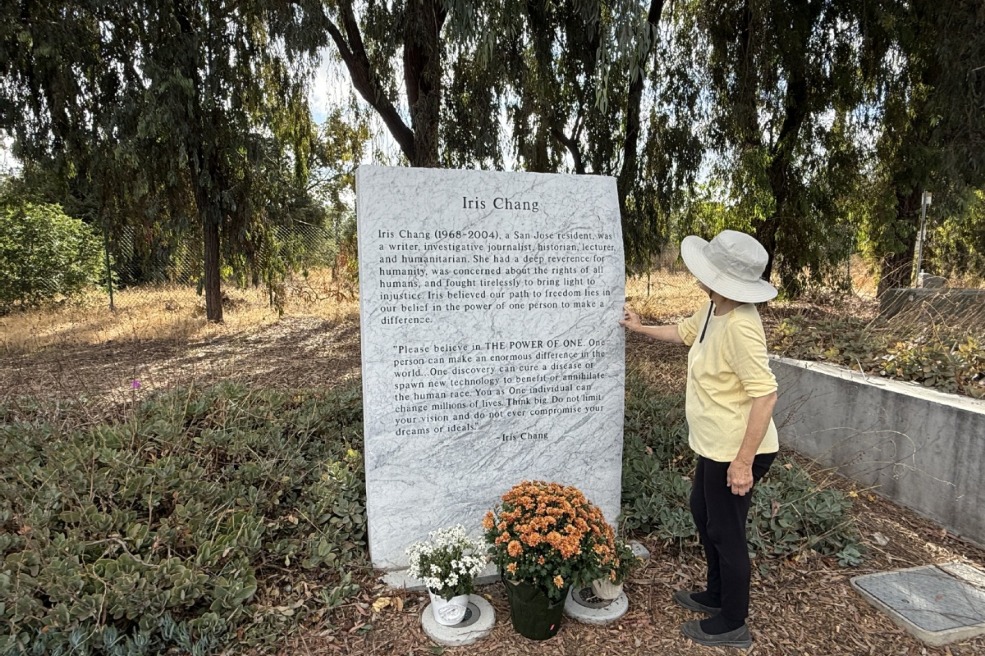Beauty of reduction
Artists revolutionize woodblock printing and provide a lifeline for their village, Hou Chenchen and Li Yingqing report in Pu'er.
By Hou Chenchen and Li Yingqing | China Daily | Updated: 2024-05-25 10:55

The name Nakeli, derived from a minority language, means a fertile field by the bridge, and those who live in the village represent eight minority ethnic groups, including Hani, Yi, Dai, Lahu and Bai, who comprise 63 percent of its residents.
Reduction woodblock is closely linked with Pu'er's ethnic and native culture over 40 years, marked by a well-known Zheng Xu work, Lahu Human Scenery, portraying the traditional lives of the Lahu ethnic group. In 1984, the work was honored with the Golden Prize at China's sixth National Exhibition of Fine Arts, which is held every five years.
Five years later, Village, by Wei Qicong, won the Golden Prize. These back-to-back achievements catapulted reduction woodblock print into prominence, solidifying its top academic place in Chinese woodblock fine art.
Rural Art
While Nakeli could bask in glory artistically, it was classed as a poor ethnic minority area. Ning'er county, where Nakeli village is located, was hit by an earthquake in June 2007, which killed three people, injured 562 and left much of the village in ruins.
However, its fortunes began to change after Xi, then the country's vice-president, visited it a year later and encouraged locals to embrace rural tourism centered on the cultural legacy of the Tea Horse Road.
























